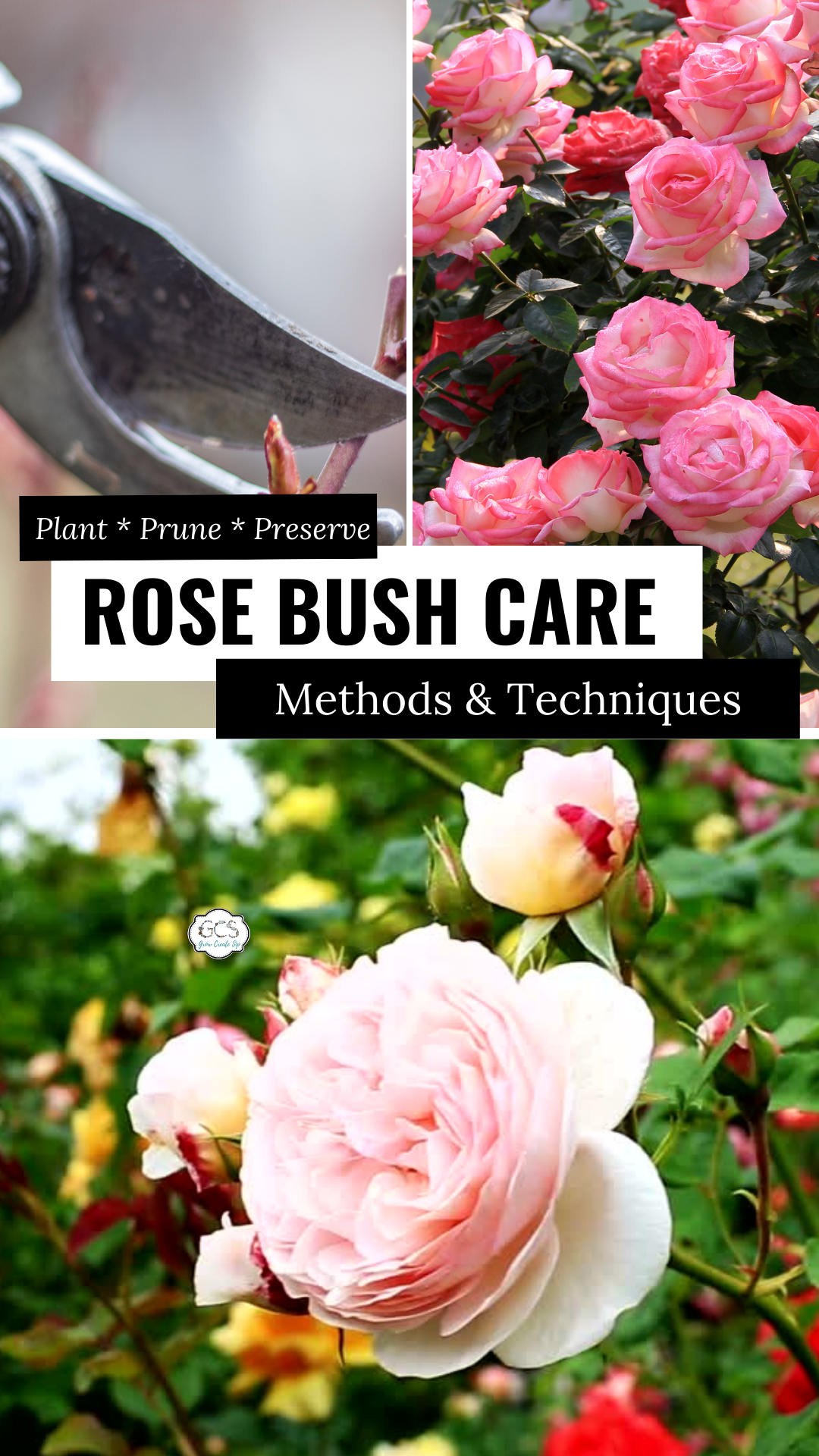Rose Bush Care: Methods and Techniques
Apr 19, 2022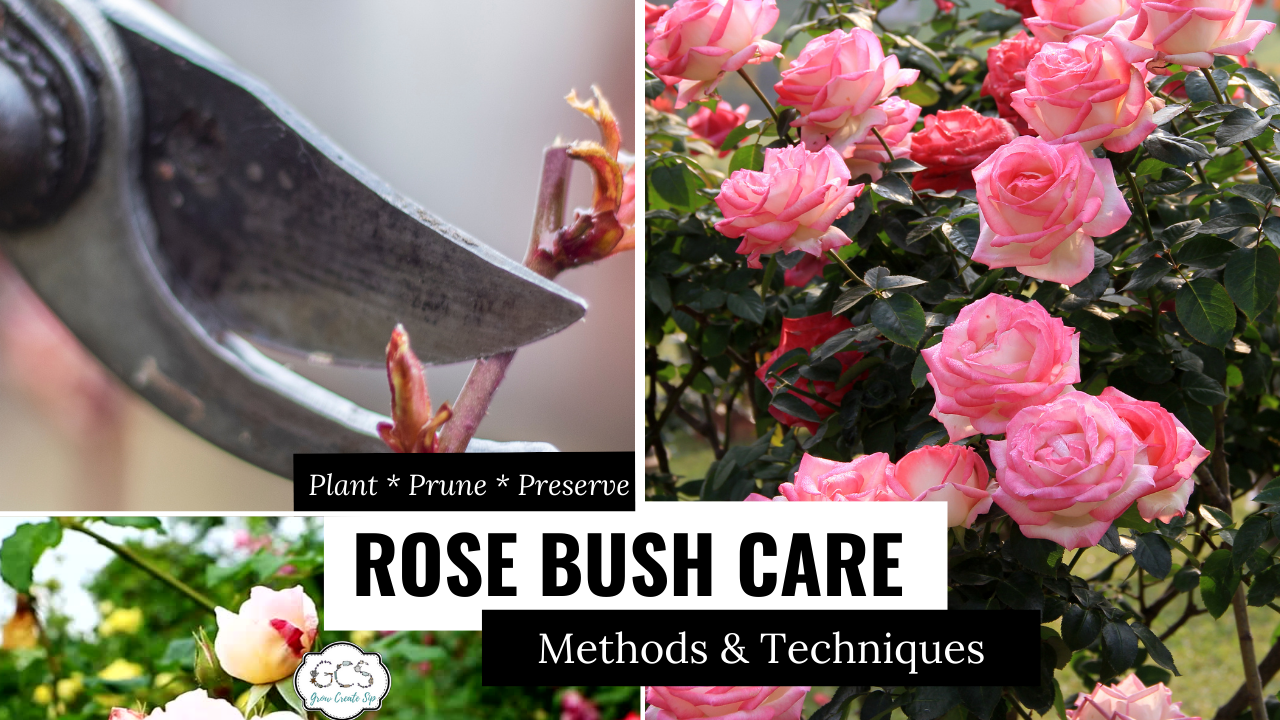
Did you know archaeologists have found rose bushes that are 1000 years old? And really, it's no wonder they're still a popular choice for gardens and budding horticulturists.
They have incredible scents, look gorgeous in a garden, and you can even eat them and add them to teas!
But learning the ins and outs of rose bush care can be tricky, especially because they can be a little fussy. While roses can be hardy plants, they need a little extra love and attention to get them thriving. Here is everything you need to know about growing a thriving rose garden.
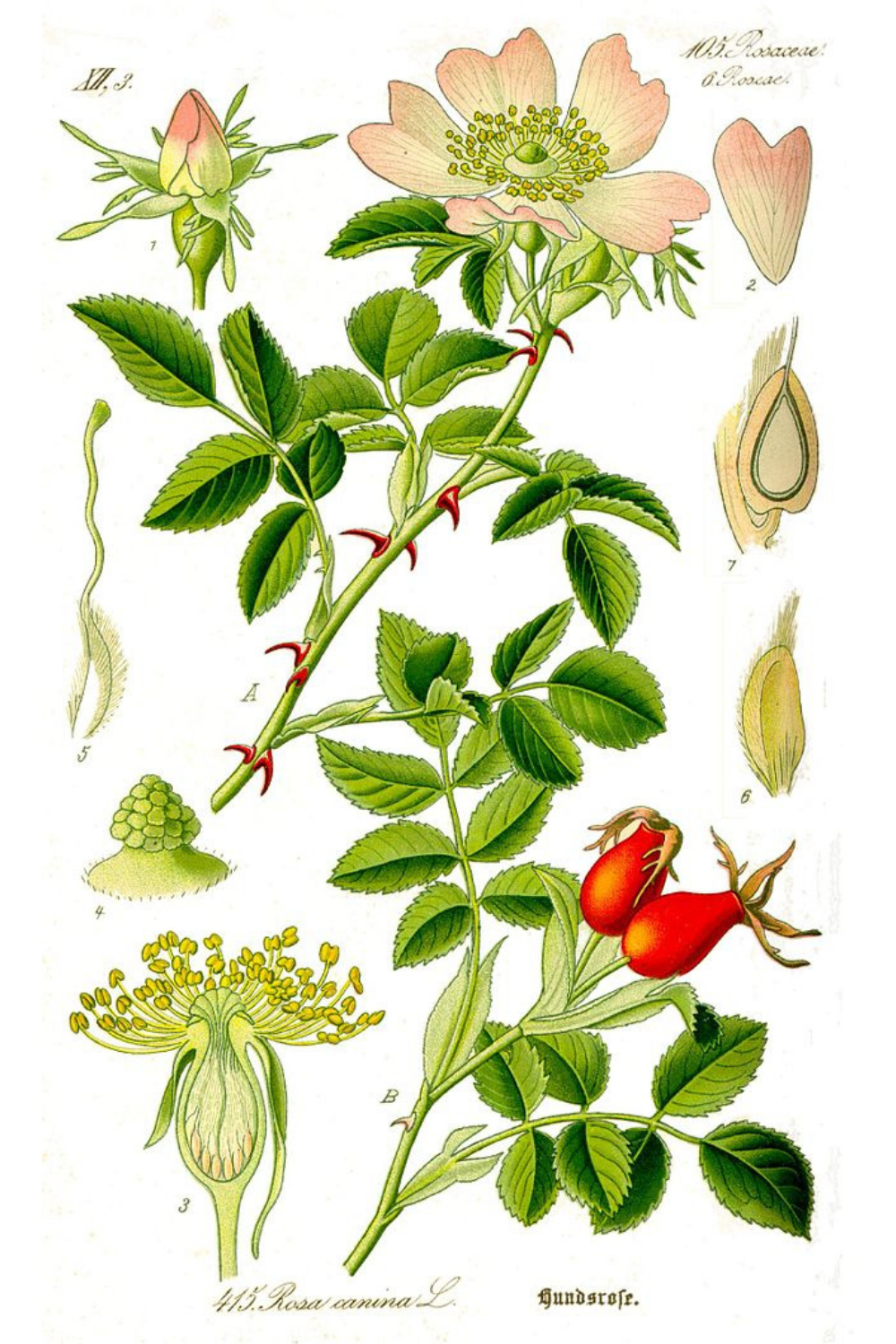
Understanding Rose Bush Care
Container roses, bare-root variants, or cuttings? It doesn't matter where you start; every rose bush needs the same level of care, though some may have their own unique needs.
Container Roses
Container roses are ideal for inexperienced gardeners because they are simple to grow and establish. During the growing season, you can buy them from your local nursery.
Once you've bought your container roses, plant them when the weather is ideal, which, contrary to popular belief, is on a cool and cloudy day.
Bare-Root Roses
Bare-root roses are great because they're economical and you can order them online. Bare-root plants, unlike container roses, must have their roots immersed in water overnight before planting.
For the first few months following planting, the roots should be kept moist.
Roses From Cuttings
You can easily grow your rose garden for free by using the plants you already have in your garden. Harvest your cuttings in late spring or summer and remove all the lower leaves. Apply a little rooting hormone and place into a well-draining patch of soil. Water well and watch your babies bloom!
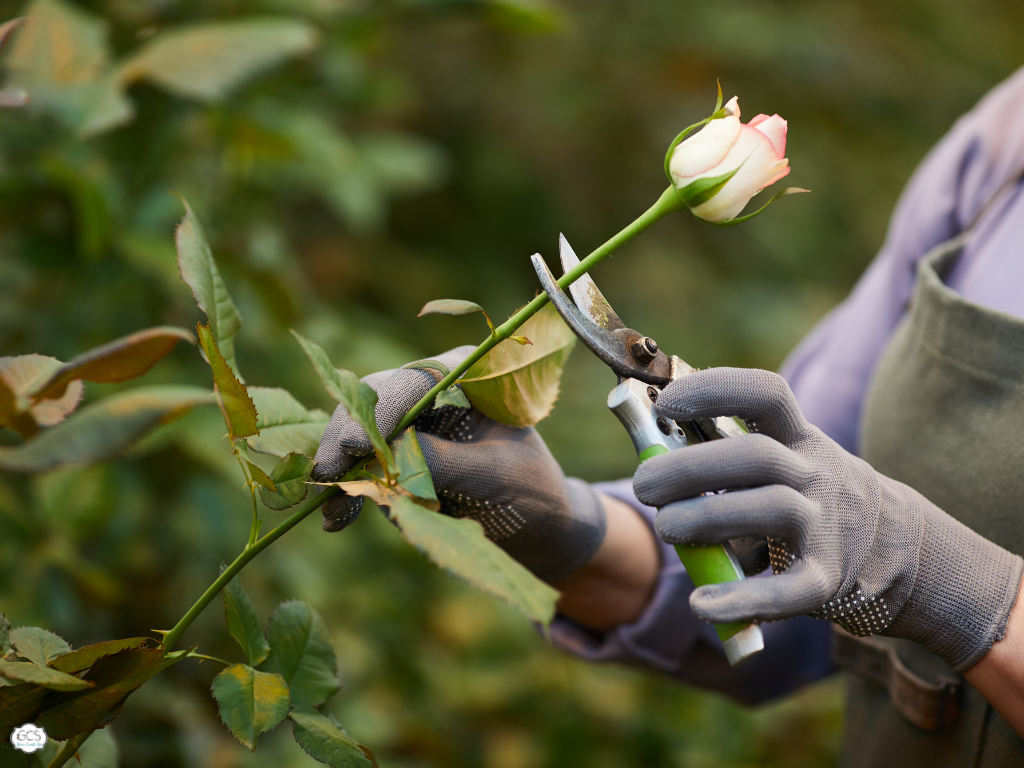
Tips for Care
You want your roses to thrive, so why not give them the best start in life? You can start by making sure your soil is rich and packed with plenty of fertilizer and peat moss. Roses are hungry flowers, and while they may seem demanding, once you understand their basic needs, their incredible scent will soon flood your garden.
Find the Right Spot
Rose bushes should be exposed to around 6-8 hours of sunlight per day. This will give you the best floral display and the healthiest plants. They should also be grown in well-draining, organically rich soil.
Roses thrive in hotter climates when they are shielded from the sun in the afternoon. Planting a rose bush next to a south- or west-facing fence or wall can help prevent winter freeze damage in cold locations.
Understand Timing
You should plant your roses in the spring (after the last frost) or in the fall (around six weeks before the first frost). Planting in the fall allows the roots to establish themselves before the plants go dormant for the winter.
Bare-root roses are usually only available in the early spring and should be planted as soon as possible after buying or receiving them. Container roses could give you more flexibility in planting time, especially if you have a greenhouse or conservatory.

Proper Planting
As hardy as roses can be, they still need a solid foundation. These are the steps you want to be working through:
- Dig a hole deep enough to accommodate the roots and make there is good drainage.
- Make a mixture of compost, peat moss, or other organic matter with the soil you removed from the planting hole. Use a bit of this mixture at the bottom of the planting hole and place the bush inside.
- The plant's crown (where the roots and stems meet) should be at ground level for mild climates and 2-3 inches below for cold climates.
- Fill the hole a little before adding a slow-release fertilizer.
- Give it a good watering, then finish filling the hole with your remaining soil.
- Water once more, then place loose soil around the bush to protect it while it acclimates.
Note: If you're planting a few rose bushes together, give them at least 3 feet of breathing room so they have space to grow as they mature.
Watering and Fertilization
A rose bush needs regular fertilization in order to produce the most flowers it can. Compost, composted manure, and other organic and natural fertilizers should be applied monthly.
The soil should be kept uniformly moist. Your soil type and climate will determine how much and how often you should water. During the growing season, roses thrive with the equivalent of one inch of rain every week.
How to Prune Rose Bushes
It's practically impossible to over prune a rose bush, so don't worry too much about that. You will not kill your plant if you go a little wild. However, if you follow a few easy guidelines, your results will look more professional, and your plant will be healthier.
Rose pruning gloves and a decent pair of secateurs (pruning shears) can make the job even easier.
When to Prune
Early spring is the best time to prune, though varies by growing zone. Start by removing any dead or broken canes from any roses. Cut back a third to half of the previous year's growth until you uncover healthy, white centers.
This is especially true for varieties that need demand vigorous pruning.
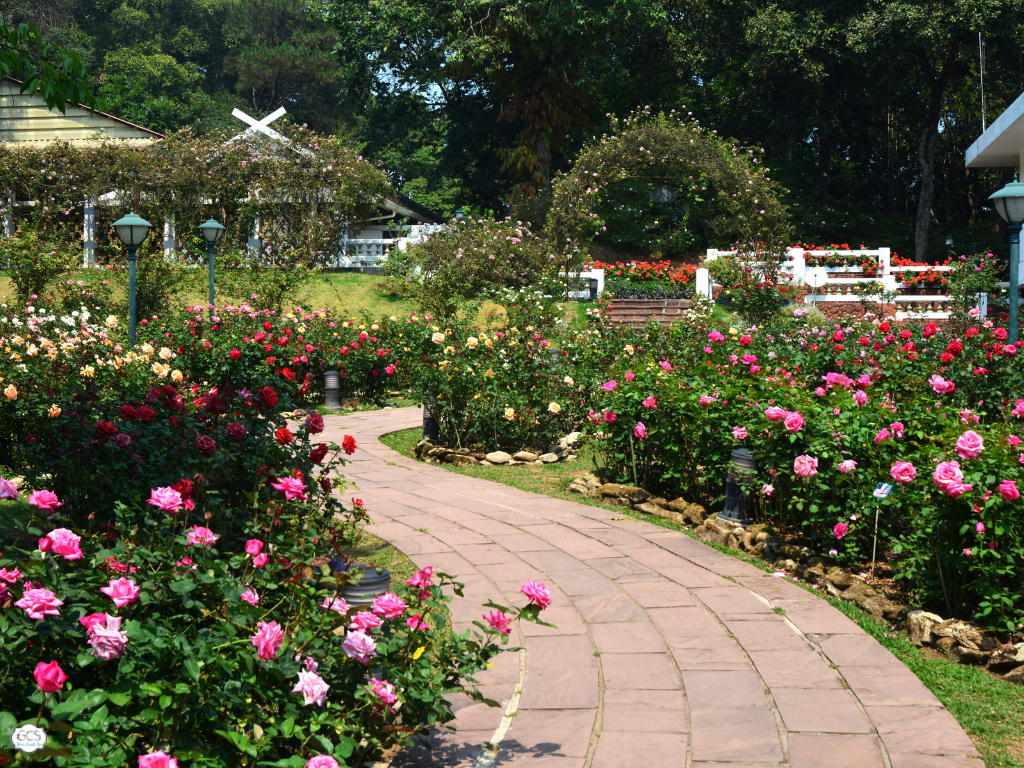
Ideas for Your Roses
When you think of a rose garden, you may think of stiff, symmetrical, and formal gardens that pay homage to the timeless elegance of roses. There's nothing wrong with this, but you don't need a formal rose garden to appreciate the beauty of these incredible plants.
Designing Your Own Rose Garden
While it may be tempting to plant a wide variety of roses in your rose garden, you'll likely end up with an unorganized mess and too many plants for the space.
Here are some fun ideas to try:
- Grow roses in an arch over a seating area
- Plant in blocks of color for impact
- Pair with lavender for a cottage garden vibe
- Soften walls with rambling roses
- Add potted roses to a patio to brighten the space
You'll end up happier with the result if you choose from a few specific types rather than a dozen mismatched plants that don't go together. You could also try separating parts of your rose garden into edible roses and non-edible varieties.

Petals and Hips for Tea
Did you know you can use your rose hips and petals to make your own teas? It's a simple process and works best with damask roses for petals and dog roses (or rose canina) if you're using hips. You can also dry your own petals for potpourri or add them to other DIY endeavors like candle-making or bath soaks.
While you're at it, for some extra luxury, sprinkle a handful of your own homegrown petals into a hot tub for a bit of self-care.
Embrace Your Green Thumb
Every budding rose gardener needs a helping hand now and then. Roses can be tricky, but once you understand how they work and grow, you'll wish you'd started sooner. The real question is, what will you do with all of those petals and hips that they produce? I want to invite you. to check out our Herbal Studio & Communi-tea, where others like you talk about their projects and garden abundance. While taking a deep dive into all things medicinal plants and teas.
Also, I'm curious, do you already have roses in your yard, or will this be the first time planting them? Let me know in the comments below!
More Flower Gardening Tips...
- Rose Tea Benefits and Damask Roses
- How to Preserve Flowers for Tea
- Dehydrating Flowers, Fruits & Botanicals (for Tea)
- Medicinal Uses for Chamomile
- Rose Hip Tea and Rose Hip Benefits
- How to Plant Roses for Preservation and Production
